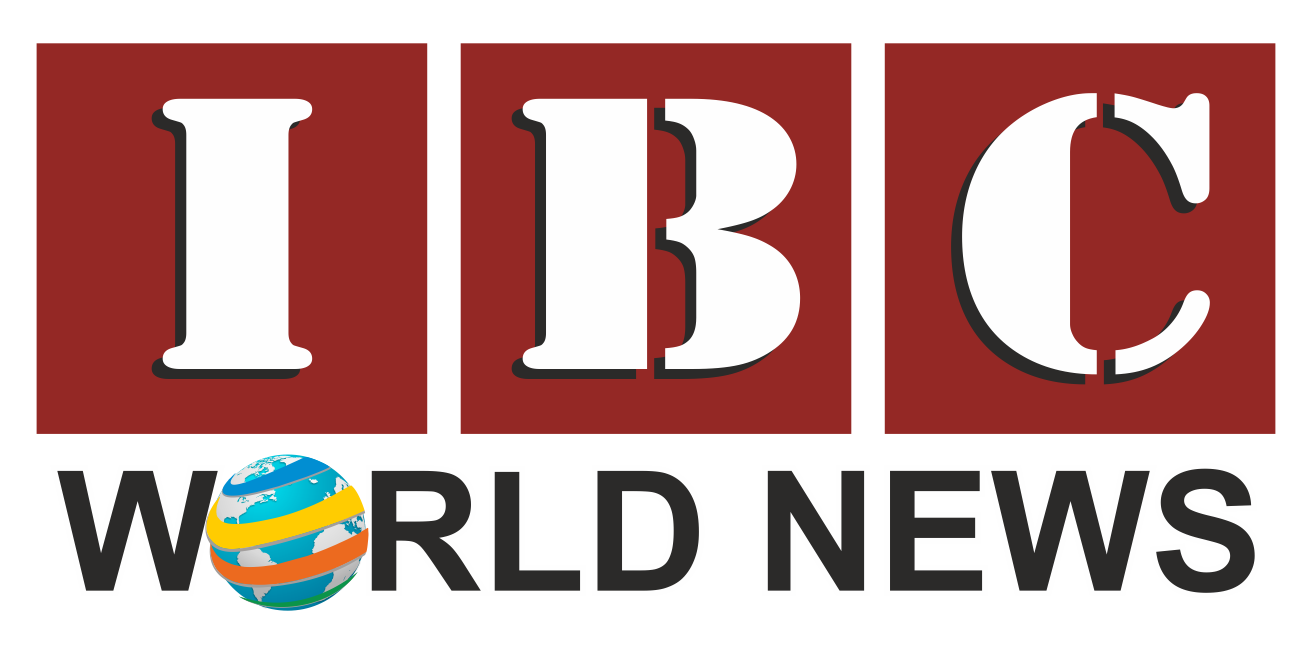Debt remains stable at 157–158% of GDP; private debt rises, public debt slightly declines
New Delhi
India’s economy is expected to grow at an average of 6.5 percent annually over the next 10 years, supported by strong fundamentals and reforms, according to a Morgan Stanley report released on Thursday. The report highlighted that India’s macro balance sheet is well-positioned, backed by fiscal consolidation, flexible inflation targeting, and structural strengths like favourable demographics.
The report projected inflation to stay close to the Reserve Bank of India’s 4 percent target, helping keep borrowing costs stable and ensuring debt sustainability. It said India’s debt dynamics are improving as private sector leverage rises modestly while public sector debt continues to decline. This balance is expected to make debt more productive and manageable.
Overall debt levels are forecast to remain steady at around 157–158 percent of GDP over the next two years. Private sector debt has already increased to 76 percent of GDP in FY2025, up from 73.9 percent in FY2024, while public sector debt has fallen to 82 percent from 83.4 percent in the same period.
The report noted that household and corporate borrowing could see modest expansion as private sector investment picks up. At the same time, the government’s gradual fiscal consolidation should reduce its debt while maintaining high capital expenditure on infrastructure.
According to Morgan Stanley, the improved mix of debt—leaning more toward the private sector—reflects healthier financial dynamics. The productivity of new borrowing has improved across sectors, with public spending increasingly directed toward long-term infrastructure growth.



